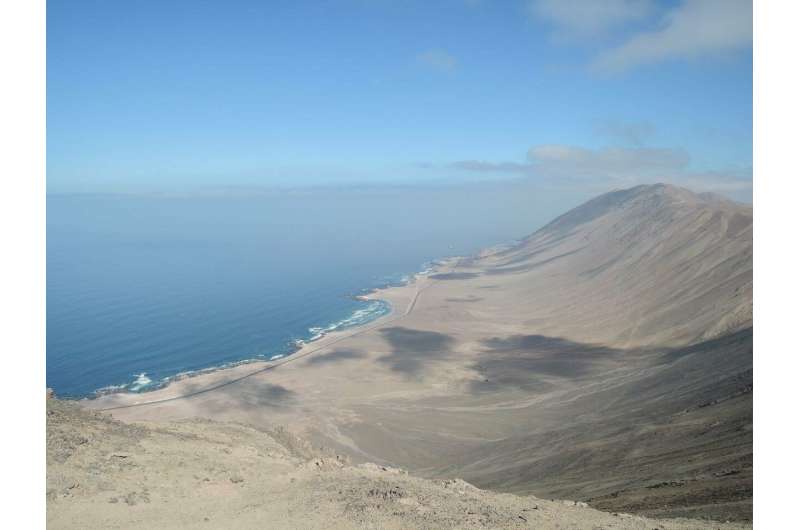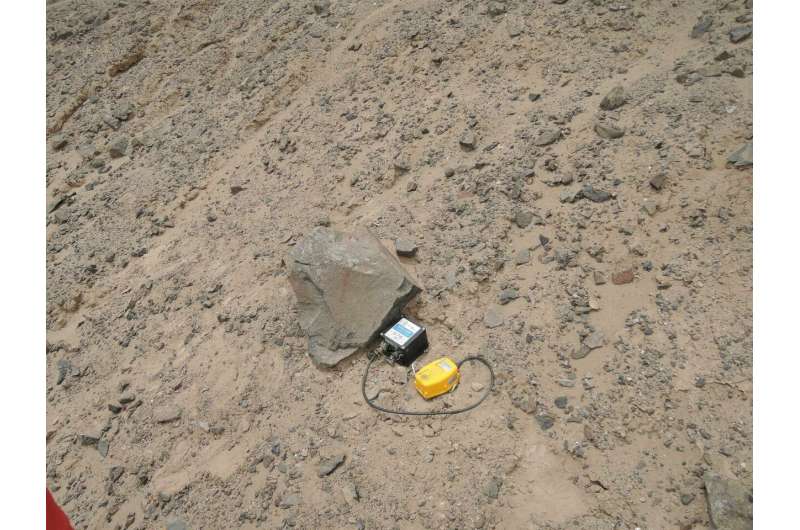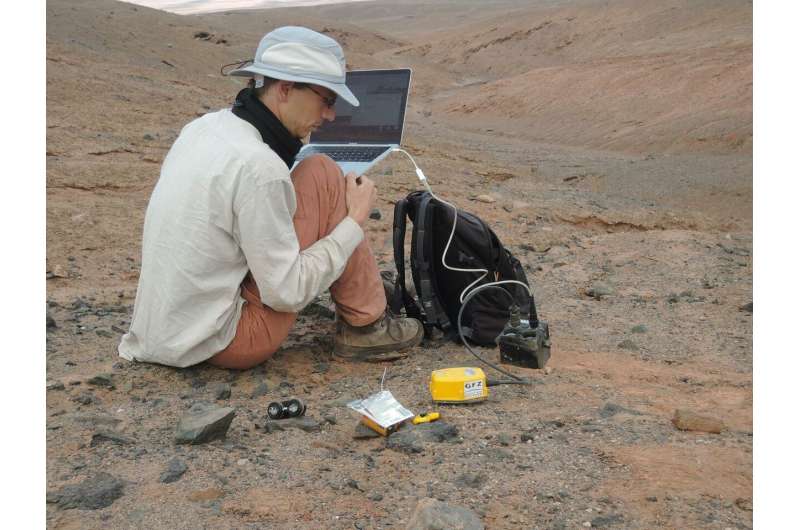Sun, moon and sea as part of a 'seismic probe'

Looking inside the Earth requires a signal that can penetrate rocks, minerals and other opaque material. Seismic waves represent such a signal. By recording them with a seismometer, researchers can draw conclusions from the recorded data about the state of the subsurface through which the waves have passed. Knowledge of subsurface stress or strain fluctuations is just as important for safety in construction and mining, for example, as it is for monitoring geological processes in volcanoes and fault zones. Now, Christoph Sens-Schönfelder from the GFZ German Research Centre for Geosciences in Potsdam and Tom Eulenfeld from the University of Jena have been able to show that the seismic waves excited by the surf, together with the effect of the Earth's tides on the subsoil, can be used to better understand the properties of the Earth.
Seismic waves not only provide information about the structure of the Earth's material, but also about the forces acting on it. For example, deformations of the subsurface change the velocity at which a wave travels. In order to draw conclusions about the subsurface forces from the velocity, however, data is required on how the material reacts to deformations under known conditions. Until now, such data have only been available from laboratory experiments, not from the field.
Christoph Sens-Schönfelder and Tom Eulenfeld have now succeeded for the first time in using a single seismometer to measure how sensitively seismic waves react to the deformation of the Earth's material through which they propagate. In order to achieve that, the researchers evaluated the velocity of the seismic noise generated by the surf. They report on this in the journal Physical Review Letters.
Measuring deformations in the Earth's interior from the surface
"We use two different signals that the environment provides us with naturally," explains Christoph Sens-Schönfelder. "Due to the tidal effect of the moon and the sun, the universe conducts a permanent deformation experiment with the Earth. They pull with great regularity on our planet. To observe this pulling, we use the seismic noise in the underground that is generated by the surf."

The relation investigated by Christoph Sens-Schönfelder and Tom Eulenfeld allows in principle a measurement of the deformations inside the Earth by means of recordings of seismographs on the Earth's surface without having to drill into the ground.
The data that the two researchers investigated was recorded by the Integrated Plate Boundary Observatory in the Atacama Desert in northern Chile. Improved software was needed to detect even the slightest changes in wave velocity and to combine these changes with the deformation of the subsurface by the tides. Since this tidal deformation is known with high accuracy, it is possible to characterize the subsurface more comprehensively than before.

More information: Christoph Sens-Schönfelder et al. Probing the in situ Elastic Nonlinearity of Rocks with Earth Tides and Seismic Noise, Physical Review Letters (2019). DOI: 10.1103/PhysRevLett.122.138501 , journals.aps.org/prl/abstract/ … ysRevLett.122.138501
Journal information: Physical Review Letters
Provided by Helmholtz Association of German Research Centres



















